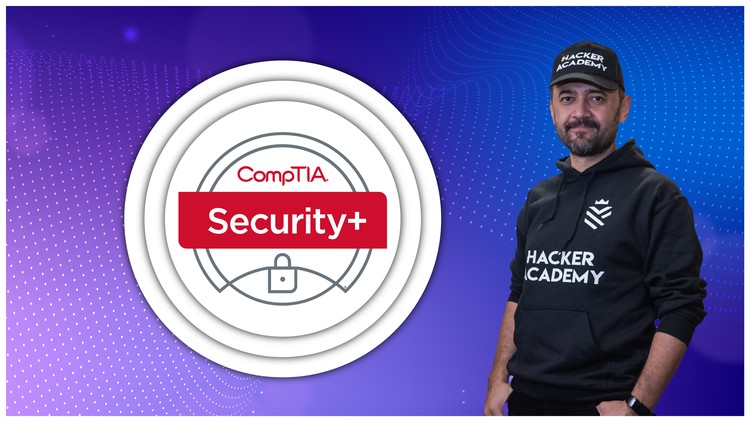جمع جزء: 1,134,000 تومان
- × 1 عدد: کدنویسی کامل Yolov4 - 189,000 تومان
- × 1 عدد: ISC2 CISSP Full Course & Practice Exam - 189,000 تومان
- × 1 عدد: آموزش PHP ویژه طراحان وب - 189,000 تومان
- × 1 عدد: Mastering CSS Flexbox: From Beginner to Advanced - 2024 - 189,000 تومان
- × 1 عدد: Pixel Perfect Figma to Tailwind - 189,000 تومان
- × 1 عدد: آموزش نگهداری ماشین های مجازی ( VM ) در Google Compute Engine - 189,000 تومان













